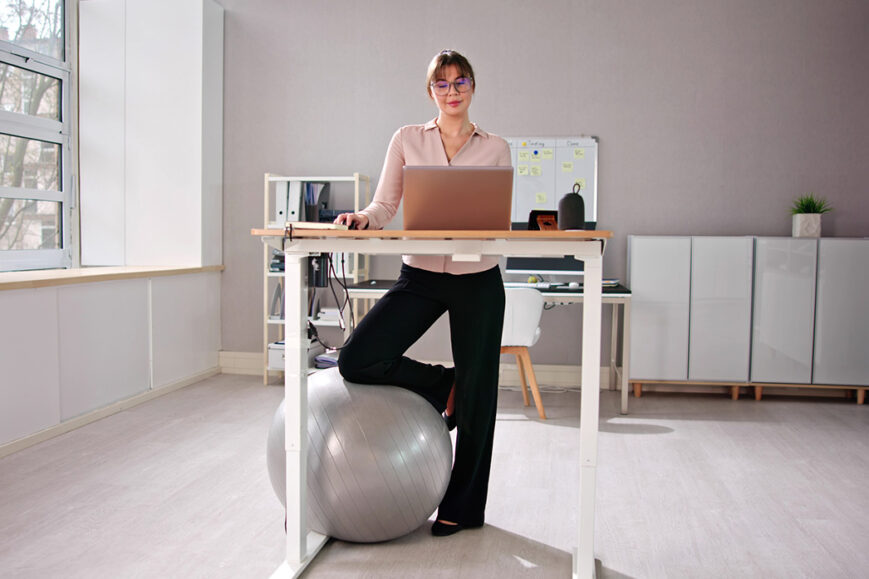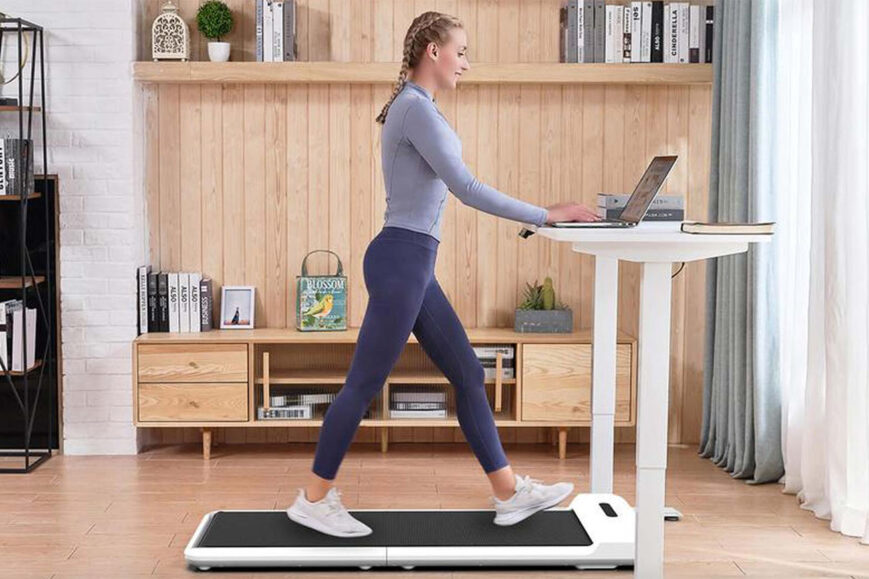When setting up your workspace, choosing the right chair can significantly impact your comfort and productivity. While both regular office chairs and ergonomic chairs are designed for seated work, their differences are crucial to understand.

Regular Office Chair
A standard office chair typically includes features like armrests, a backrest, and height adjustment. These chairs are designed to be comfortable for limited periods but often lack the necessary adjustments to promote proper posture. The lack of customization can lead to discomfort and long-term health issues, as they do not support the body adequately during extended use.
Ergonomic Chair
An ergonomic chair, on the other hand, is specifically designed to support the human body. These chairs are highly adjustable, offering features such as:
- Adjustable Seat Height: Ensures your feet are flat on the floor, with knees at a 90-degree angle.
- Lumbar Support: Provides crucial lower back support, maintaining the spine’s natural curve.
- Adjustable Armrests: Allows arms to rest at a comfortable height, reducing shoulder strain.
- Seat Depth Adjustment: Supports the thighs without pressure on the knees.
- Tilt and Recline Functions: Promotes movement and reduces fatigue, enhancing circulation.

Benefits of Ergonomic Chairs
The primary benefits of ergonomic chairs include:
- Promotes Proper Posture: Encourages sitting in a position that supports the spine and reduces slouching.
- Prevents Pains and Aches: Reduces the risk of developing back, neck, and shoulder pain.
- Enhances Productivity: Comfort leads to better focus and efficiency at work.
- Reduces Health Risks: Lowers the risk of conditions like deep vein thrombosis (DVT), obesity, and varicose veins caused by prolonged sitting.
Conclusion
While regular office chairs may be sufficient for short-term use, ergonomic chairs provide superior support and adjustability, making them a better choice for those who spend long hours at their desks. Investing in an ergonomic chair can lead to improved posture, comfort, and productivity, making it a wise choice for both physical and mental well-being.








